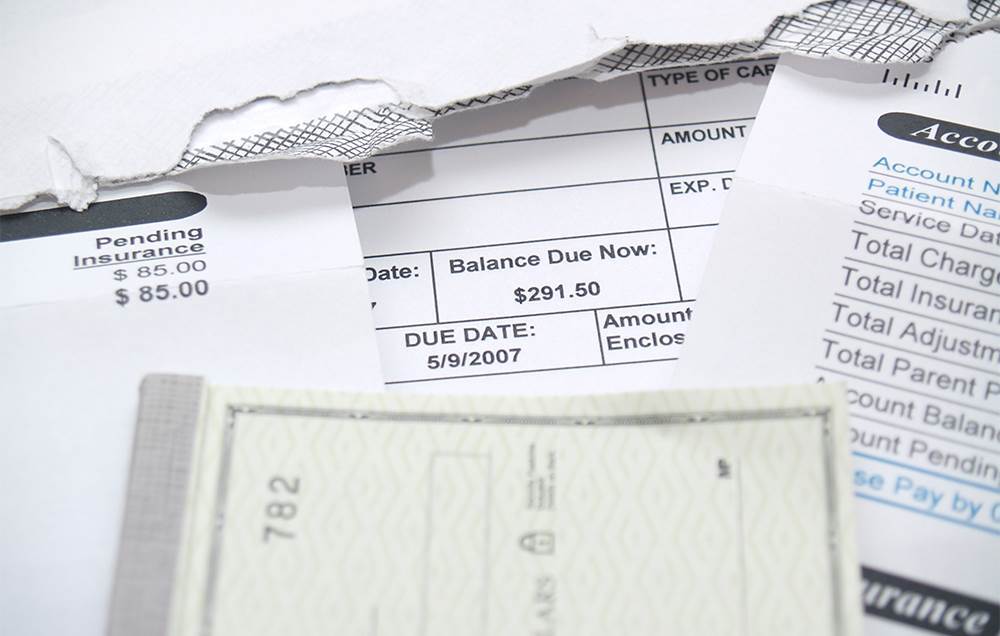You, too, can be become a person who stays on top of her medical records and data.
If this is the year you’ve decided to get your life in order for real, might we recommend starting with your medical records and health-related paperwork?
Sure, all those insurance statements, test results, and prescription pamphlets can feel a little overwhelming, but experts agree that it’s important for patients to stay on top of their own records and data. “Because the healthcare system is fragmented, your providers are going to change,” explains Rachel S. Boggs, a healthcare advocate consultant. Without a system in place to keep track of important information, it’s easy for things to get lost in the shuffle, she says.
Fortunately, putting one together is doable. While getting organised is a bit of a time commitment up front, the payoff is that you’re able to play a more active role in your healthcare. That could help you get faster diagnoses and treatments, avoid unnecessary tests, reduce the odds of harmful drug interactions, and save money on your insurance bills.
Here’s a look at exactly what you should hold onto, and ideas for keeping it all organised.




What to keep
When it comes to health-related paperwork, more is more, says social worker Iris Waichler. Here’s the important stuff you should hold onto.
Keep these for at least three years:
- Insurance statements and bills. If there’s an issue between how much your insurance is charging and how much you think you owe, it could take a while to get that sorted out, Waichler says. These are also important for claiming medical expenses on your taxes and can come in handy later if you get audited.
Keep these indefinitely:
- Doctor visit summaries and notes. Your doctor has these too, of course. But if you change providers later on or see a specialist, having these handy can ensure continuity of care—even if a new provider isn’t able to obtain records from an old one, says Waichler. (For instance, this might occur if an old provider is refusing to share your records because you have an outstanding bill. That's illegal—but it could still happen.) Most doctors offer health portals so patients can access this information online. From there, you can download it and add it to your personal files.
- Copies of scans and test results. Things like blood work (like cholesterol or blood sugar tests), urine tests, X-rays, MRIs, bone density scans, mammograms, colonoscopies and prostate screenings should be saved for the long haul, recommend medical experts at Johns Hopkins. Having these provides a baseline, which makes it easier to spot changes or trends and treat them quickly, Boggs explains. It can also help a new provider see what tests you’ve already had, which can help you avoid duplicates and associated costs.
- Pharmacy printouts for prescriptions. Hanging on to these makes it easy to keep track of exactly what you’re taking (or have taken in the past). That can help you avoid potentially dangerous drug interactions.
- Hospital discharge summaries. In addition to acting as a history of hospitalisations and procedures, discharge summaries usually include important instructions for at-home care.
What to toss
After three years, it’s probably fine to get rid of insurance statements and bills that are settled, Waichler says. But it’s worth keeping the other records listed above since they provide important information about your health history. “Just hang onto stuff. You never know when you might need it for something,” she adds. Permission to be a healthcare hoarder, granted.
How to keep track of it all
There’s no right or wrong way to do it, as long as you have a system that works for you. Some things to consider:
1. Decide on digital versus paper. Digital documents can help you avoid a bulging file cabinet, which might motivate you to keep more comprehensive records. Plus, most information is already available in patient portals, so you can easily download copies without having to play phone tag with the doctor’s office. But if the idea of digital is overwhelming, it’s perfectly fine to stick with paper.
2. Do a big initial organise. This can take some time if you’re building your records from scratch—but it’s worth it. Consider organising insurance statements by year, with a spreadsheet file or chart outlining what each bill is, what the insurance company paid, and what you paid. Aside from helping you easily track any outstanding bills, it can give you a sense of what you’re getting from your insurance coverage and how it’s paying off for you, Waichler says.
As for the other stuff? Instead of organising it by year, consider grouping info by category—doctor’s visits, scans and tests, prescription paperwork, and so on. You can make subfolders as needed within each category—like bone density scans and mammograms in the scans and tests folder.
3. Keep up with it. If you’d like, get into the habit of filing new paperwork any time you see a doctor, get a prescription, undergo a test, or receive a bill. That way, your files will always be up to date, and you never have to spend more than a few minutes logging new info.
But if that’s too much, don’t worry. You could also download information off of your patient health portals on a monthly or quarterly basis, Boggs says. Just make sure your files are up to date before visiting a new provider, so you’re ready with any info they might need.
If you need more help
If you’re keeping digital records, consider taking advantage of apps that make easy work of organising your info. And whether your records or electronic or paper-based, there’s always the option of enlisting another person to help you keep things organised. A trusted family member or friend is often your best bet, but there are resources that can help you find someone to hire, too. “If you’re in a hospital, ask a medical social worker,” Waichler recommends.










